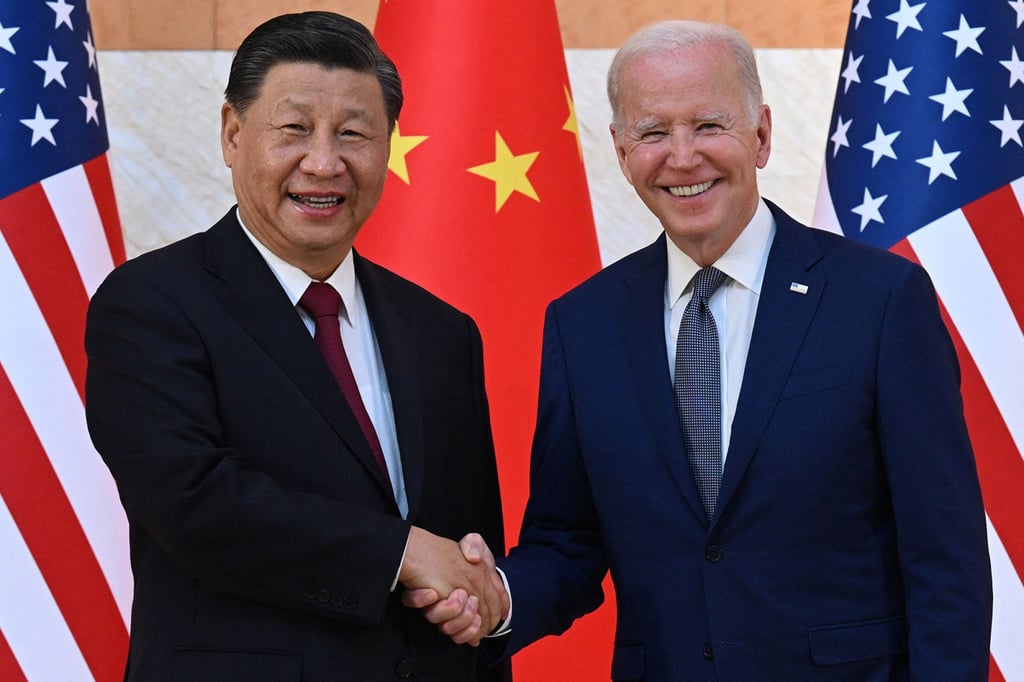Advertisement
Asian Angle | How Asean can bridge US-China gap and reap economic benefits amid potential flashpoints
- A ‘non-aligned’ foreign policy is key, as is Asean’s preference for dialogue and cooperation over the intense rivalry of the great powers
- Asean members should also avoid self-isolation and protectionism and instead enhance economic openness, interconnectedness and multilateralism
Reading Time:4 minutes
Why you can trust SCMP
4

Political elites across Southeast Asia view the United States and China as two magnetic poles, pulling their countries in opposite directions. How can that be balanced?
Advertisement
In Washington, the bipartisan consensus is that Beijing is a rival that is intent on chipping away at the US’ global leadership. China has indeed been steadily expanding its economic influence in Southeast Asia. It is Asean’s biggest trading partner and has visibly entrenched itself in the region through its Belt and Road Initiative.
China also strongly supported Asean’s Regional Comprehensive Economic Partnership (RCEP) initiative and played a key role in stitching it together. This has further motivated Asian economies to embrace China’s leadership in regional integration.

To counter China’s regional influence, the US has been setting up a variety of geoeconomic tools. Washington launched its Indo-Pacific Economic Framework (IPEF), for instance, while pursuing decoupling from China.
Asean has long-standing economic and security ties with both China and the US that may seem to be at odds with each other. A few key Asean member states such as Thailand and the Philippines remain part of the US security structure in the Indo-Pacific even as they seek to enhance economic ties with China, for example.
Moreover, the region has many potential flashpoints – such as the territorial disputes in the South China Sea – that could intensify conflict between the two great powers.
Advertisement
Under such circumstances, how can Asean achieve greater economic integration at a time when China-US economic competition is heating up? What possible steps can Asean take to reap economic benefits and bridge the growing gap between the US and China?

Advertisement
